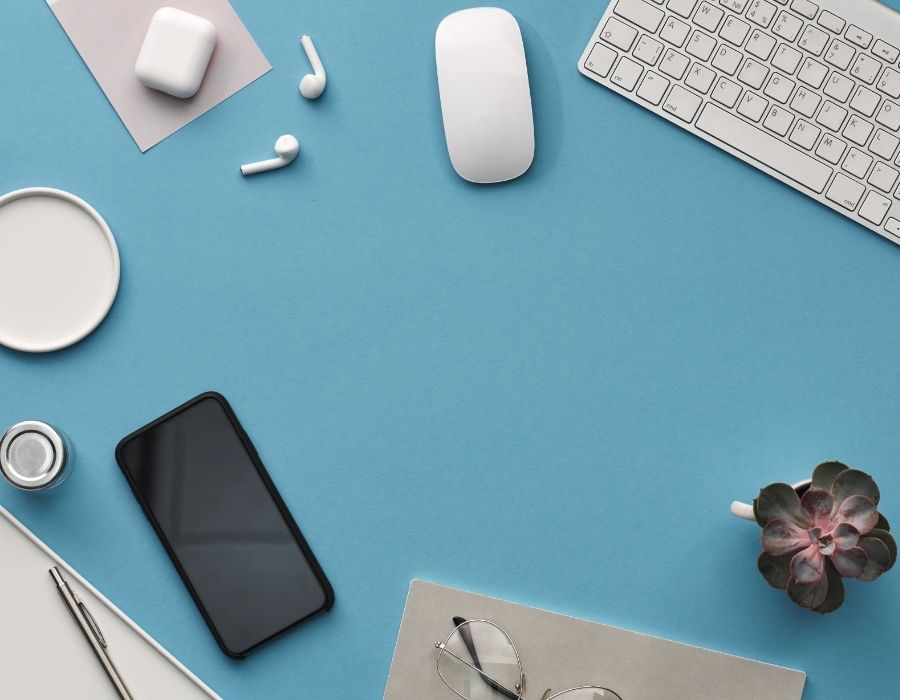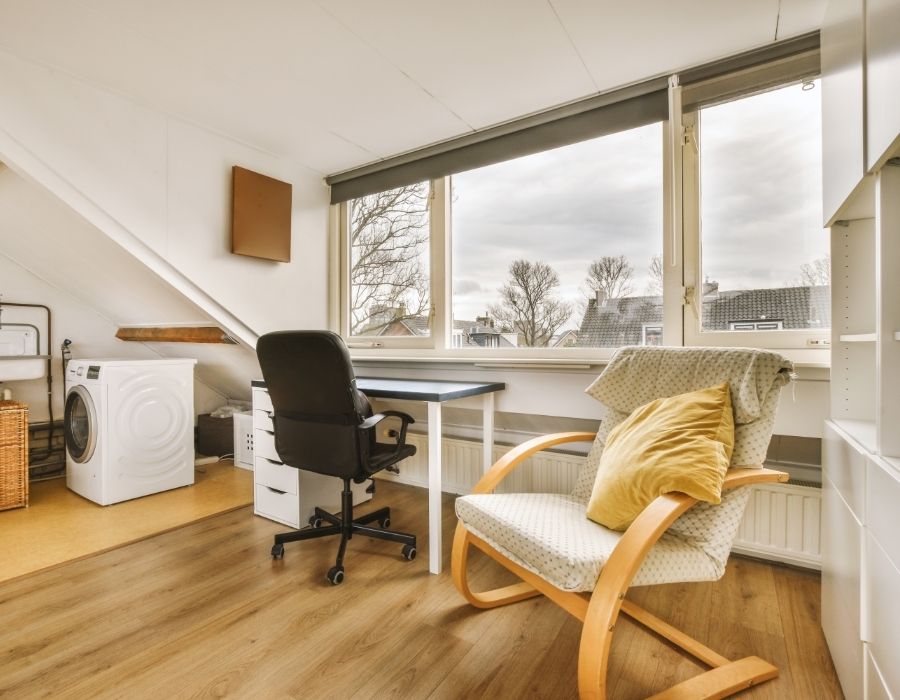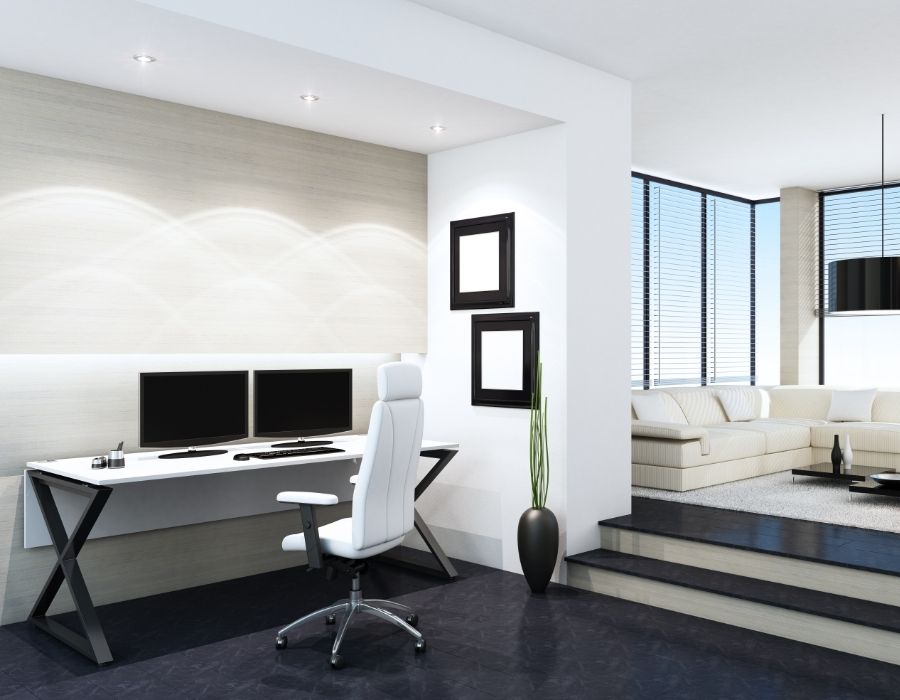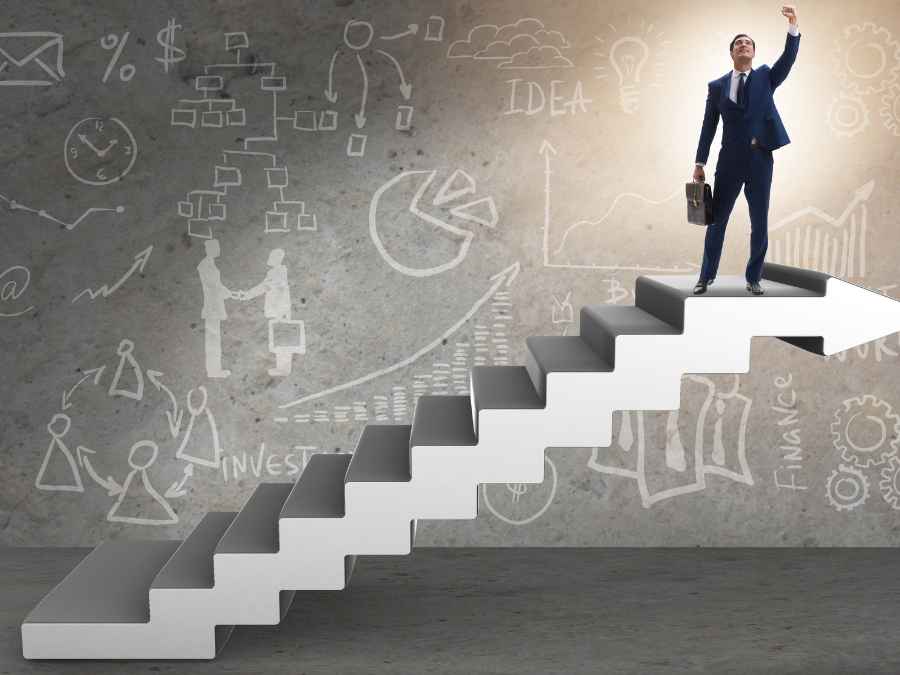Are you struggling to stay focused and productive while working from home? It’s time to take control of your workspace and maximize your efficiency.
In this article, we will show you how to set up an efficient home office that will help you stay organized and get more done. From essential tools and equipment to ergonomic design tips, we’ve got you covered.
Say goodbye to distractions and hello to increased productivity in your new and improved workspace.

Benefits of a Well-Organized Home Office
There’s no denying the numerous benefits of a well-organized home office. When your workspace is properly organized, you can experience increased productivity and efficiency. With everything in its designated place, you don’t waste time searching for misplaced items like pens or notes. Instead, you can focus on your work and complete tasks more quickly.
A well-organized home office also helps reduce stress and promotes a sense of calmness. When your desk is clutter-free and everything has its own space, it creates an environment that is visually appealing and soothing to the mind. This allows you to stay focused and concentrate better on the tasks at hand.
Another advantage of an organized home office is improved time management. By having a clear system for organizing documents, files, and supplies, you can easily locate what you need when you need it. This saves valuable time that would otherwise be wasted rummaging through piles of papers or searching through drawers aimlessly.
Furthermore, an organized home office can enhance creativity and inspire innovative ideas. A clean workspace allows for clearer thinking and less mental distraction. When your surroundings are tidy and clutter-free, it frees up mental energy that can be used toward generating new ideas or problem-solving.

Essential Tools and Equipment for an Efficient Workspace
Make sure you have all the essential tools and equipment to create an efficient workspace. Having the right tools can make a significant difference in your productivity and overall work experience. Start with a reliable computer or laptop that meets your needs, along with a comfortable keyboard and mouse. Investing in a good-quality monitor can also help reduce eye strain and improve your ability to multitask.
In addition to the basics, consider getting a desk organizer or storage system to keep your supplies neat and easily accessible. This will save you time searching for pens, notepads, or other essentials when you need them. A comfortable ergonomic chair is crucial for maintaining good posture and preventing back pain during long hours of work.
Don’t forget about lighting! Adequate lighting plays a vital role in reducing eye strain and increasing focus. Consider using natural light whenever possible or invest in a desk lamp with adjustable brightness settings.
Finally, noise-canceling headphones can be a game-changer if you work in a noisy environment or need to concentrate deeply on tasks. They will help block out distractions so you can stay focused on your work.

Designing an Ergonomic and Comfortable Work Area
To design an ergonomic and comfortable work area, start by ensuring that your chair provides proper support for your back and promotes good posture. Your chair should have adjustable height and lumbar support to help you maintain a neutral spine position. Sit with your feet flat on the floor or use a footrest if needed. Avoid slouching or leaning forward, as this can strain your back and neck.
Next, consider the placement of your computer monitor. Position it at eye level so that you don’t have to strain your neck to see it. If necessary, use a monitor stand or adjust the height of your desk to achieve the correct viewing angle.
In addition to having a supportive chair and properly positioned monitor, it’s important to organize your work area efficiently. Keep frequently used items within easy reach, such as pens, paper, and reference materials. Use desk organizers or drawer dividers to keep things tidy and avoid clutter.
Finally, don’t forget about lighting. Make sure you have sufficient lighting in your workspace to reduce eye strain. Natural light is ideal, but if that’s not possible, invest in a good desk lamp with adjustable brightness levels.

Creating a System for Managing Digital and Physical Files
Creating a system for managing digital and physical files can help streamline your workflow and keep important documents easily accessible. When it comes to organizing your files, it’s essential to have a clear structure in place.
Start by creating folders on your computer that correspond to different categories or projects. This way, you can easily locate specific files without wasting time searching through a cluttered desktop.
For physical files, invest in filing cabinets or storage boxes that are labeled and organized. Sort documents into categories such as invoices, contracts, or client information. Make sure to label each file clearly so that you can find what you need quickly.
Additionally, consider using cloud-based storage solutions such as Dropbox or Google Drive for your digital files. These platforms allow you to access your documents from anywhere with an internet connection and provide an extra layer of backup in case of hardware failure.
Regularly declutter your digital and physical files by deleting or archiving any outdated or unnecessary items. This will prevent the accumulation of unnecessary clutter and make it easier to find the files you actually need.

Time Management Strategies for Increased Productivity
By prioritizing tasks and using time blocking techniques, you can effectively manage your schedule and accomplish more in less time.
Start by identifying your most important tasks for the day. Write them down and assign a specific timeframe to each task. This will help you stay focused and avoid wasting time on less important activities.
When scheduling your tasks, consider your energy levels throughout the day. If you’re more productive in the morning, allocate your most challenging or critical tasks during that time. Save less demanding tasks for when your energy naturally dips.
To further optimize your time management, try implementing time blocking techniques. Set aside dedicated blocks of time for specific types of work or responsibilities. For example, you can allocate a block of time in the morning for emails and administrative tasks, another block after lunch for meetings or brainstorming sessions, and so on.
During these designated blocks of time, eliminate distractions as much as possible. Close unnecessary tabs on your computer, put away your phone or set it to silent mode, and inform colleagues that you’re unavailable unless it’s an emergency.
Remember to take short breaks between blocks to rest and recharge. Use this time to stretch, grab a healthy snack, or go for a quick walk outside.
Implementing these tips and strategies
You can create an efficient home office setup that will maximize your productivity.
Remember to keep your workspace organized and clutter-free, invest in essential tools and equipment, design an ergonomic and comfortable work area, and establish a system for managing your files.
With proper time management techniques, you’ll be able to stay focused and accomplish more in your home office than ever before.
Get ready to work smarter, not harder!






